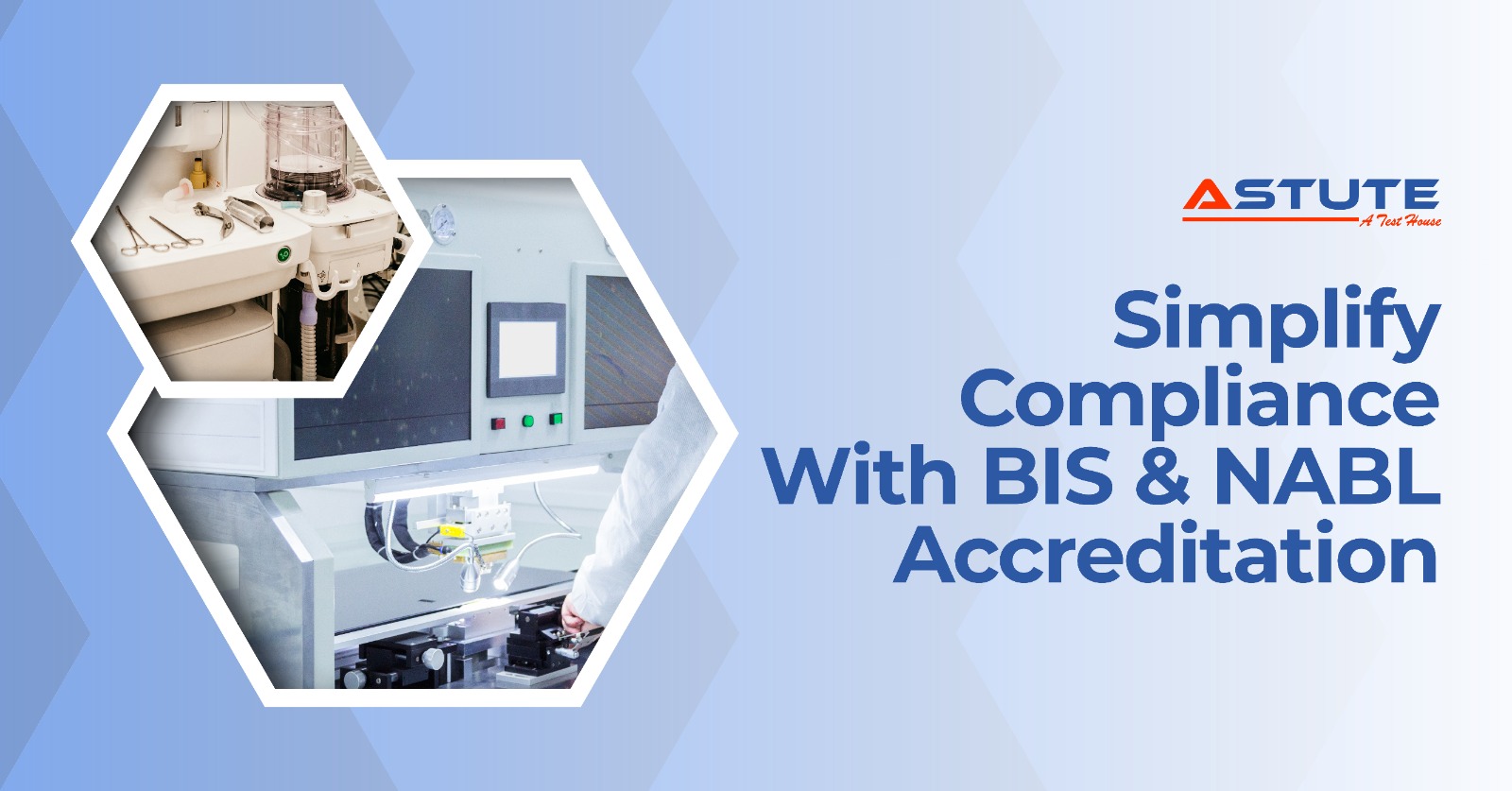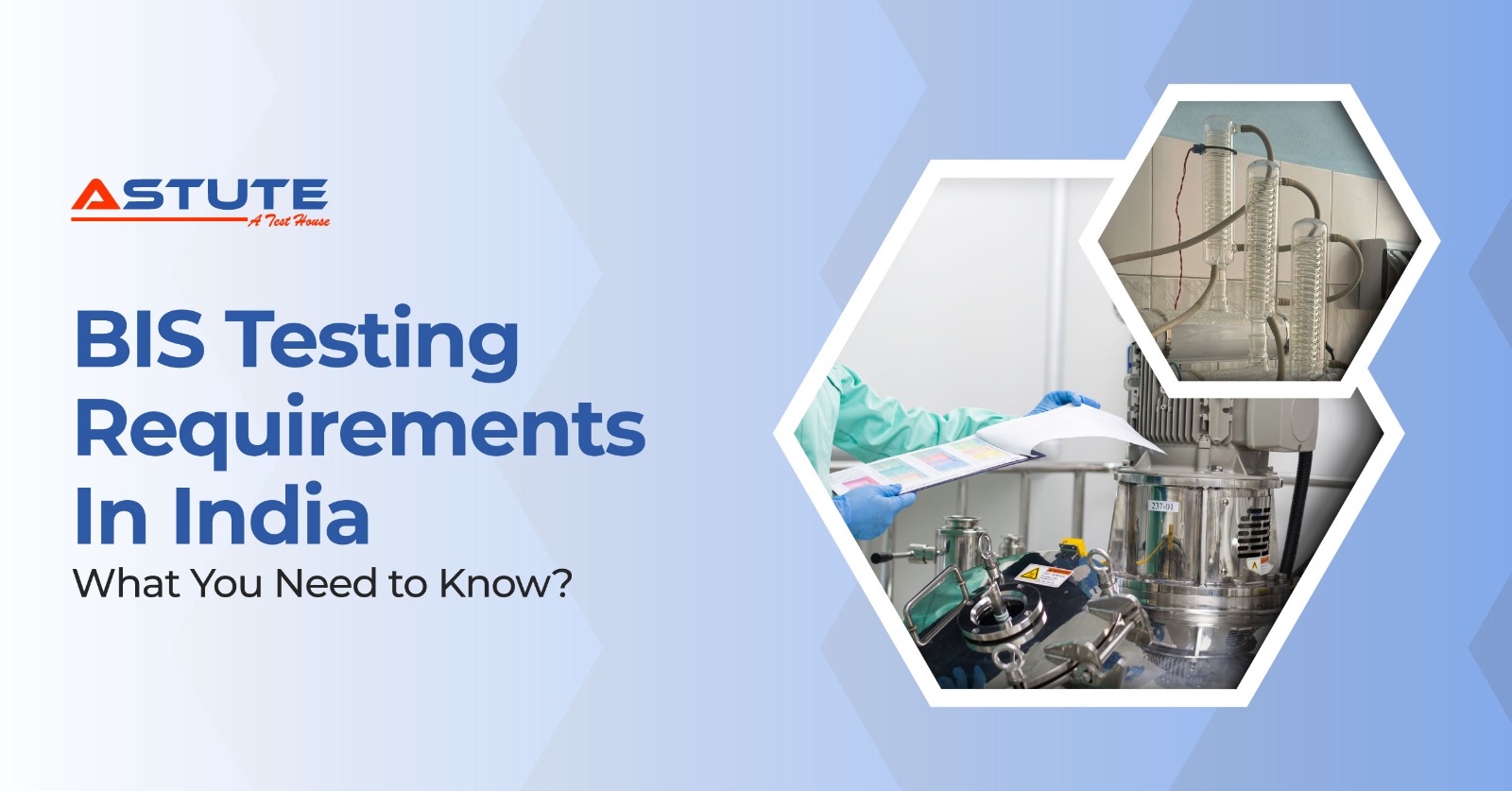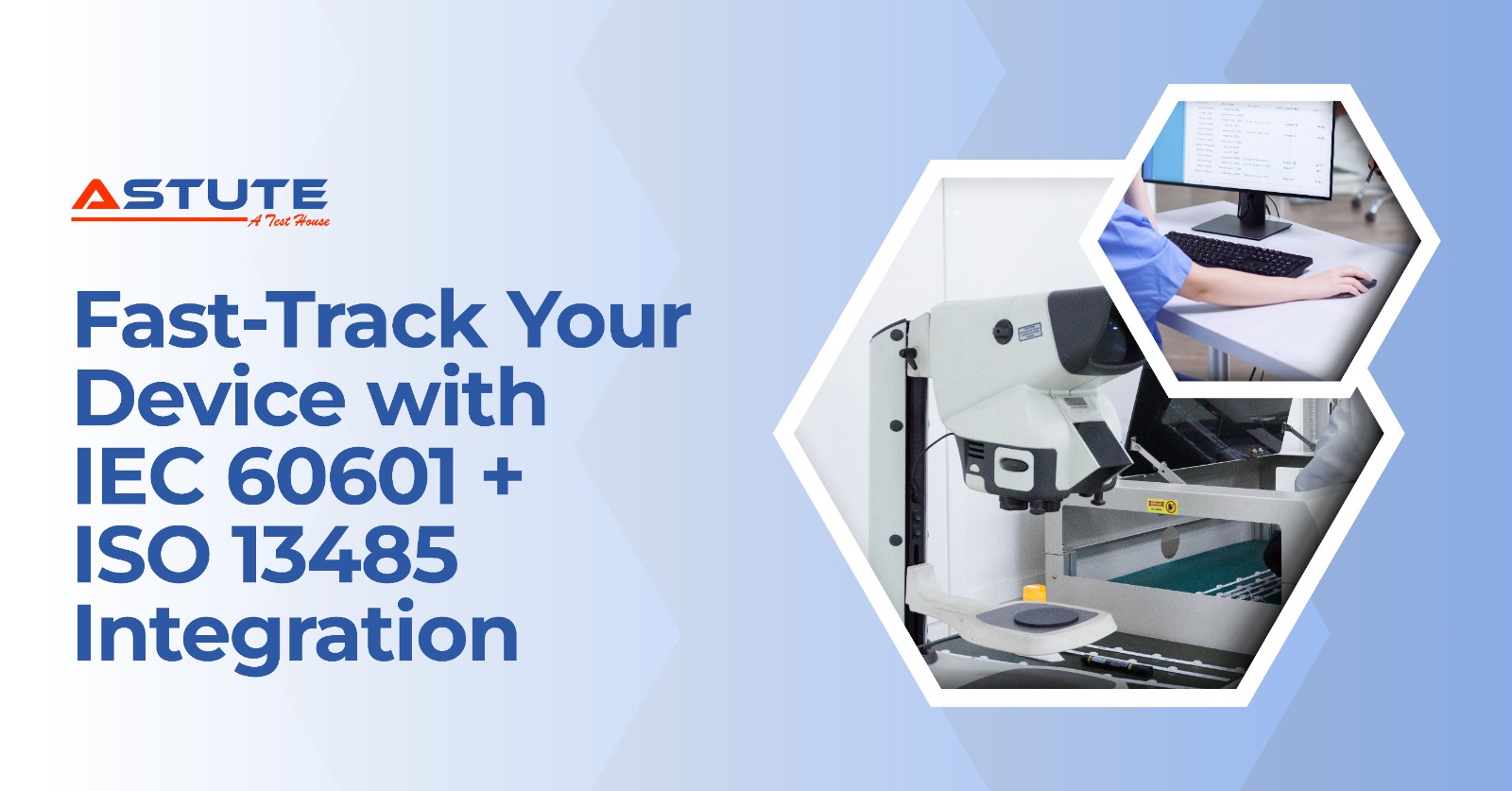Why dual accreditation makes compliance simpler in India
If your product roadmap includes electrical medical equipment, you already juggle two proof points: the device must be safe, and it must be built under a controlled quality system. In India, that means test evidence aligned with IEC 60601 and a company QMS aligned with ISO 13485. The fastest way to convert those proof points into approvals is to work with a dual-accredited partner that is both BIS-recognized and NABL-accredited.
A BIS-recognized lab speaks the language Indian certification officers expect. A NABL-accredited lab guarantees competence under ISO/IEC 17025 with traceable measurements, validated methods, and reports that auditors trust. Put them together and you get a single test file that regulators can act on quickly, while your QMS team gets clean, audit-ready evidence.
If you prefer one accountable partner, Astute Labs offers medical device testing backed by both credentials, with support from an engineering team that understands how your verification plan, risk file, and labeling come together during submissions.
How BIS recognition speeds Indian approvals
BIS sets the ground rules for Indian safety and performance marks. When a lab is recognized by BIS, its reports are formatted and scoped for Indian Standards that track the IEC 60601 series and related particulars. That matters when your device needs certification under schemes that require testing inside India.
In practical terms, your project sees fewer detours. You do not repeat tests just to satisfy a format preference. The test program is planned to the exact Indian Standard your device maps to, and the final report lands in the structure reviewers expect.
If you want the policy context in plain language, Astute’s explainer on BIS recognition for medical device testing labs breaks down why recognized reports flow through faster.
Where NABL accreditation earns its keep
NABL accreditation anchors the technical side. It verifies that instruments are calibrated to national or international references, staff competency is proven, and every method is validated. For your ISO 13485 audits, this is gold. You can file a single, comprehensive report as objective evidence for design verification without drafting extra summaries to convince an auditor the data is reliable.
NABL also helps when you plan EMI/EMC early. A lab that runs accredited methods for EMI/EMC testing will catch emission or immunity issues before they become certification delays, and the retest path is already mapped to the same accredited scope.
How dual accreditation maps to ISO 13485 and IEC 60601 workflows
A smooth submission happens when lab work mirrors your quality plan. Here is how teams typically stitch it together with Astute Labs:
- Map standards to risks before design verification
Your risk analysis drives the IEC 60601 test list. The lab converts hazards and essential performance into a clause-by-clause plan that your design review can approve and control under ISO 13485. - Run pre-compliance to shorten the certification loop
Quick screens on emissions, immunity, leakage current, temperature rise, and alarms de-risk hardware choices. Astute’s write-up on pre-compliance EMC shows why a short sprint here saves weeks later. - Execute formal testing once, use evidence many times
When the same partner is BIS-recognized and NABL-accredited, your single test campaign yields reports that support BIS certification, CDSCO dossiers, and ISO 13485 audits without repackaging.
The edge of choosing a dual-accredited lab
- Fewer test rounds: One program satisfies BIS formatting and 17025 rigor.
- Predictable timelines: No mid-project lab switch to satisfy a scheme requirement.
- Cleaner audits: Traceable measurements and method references reduce follow-ups from both certification officers and ISO 13485 auditors.
- Lower rework risk: Clause-accurate planning against the Indian Standard prevents surprises when devices are reviewed by domestic authorities.
If you are choosing a partner, this checklist on picking the right testing lab outlines objective criteria that procurement and quality teams can align on.
How working with Astute Labs feels in practice
You start with a short scoping session to map device class, applicable standards, and accessories. The team proposes a clause-level plan with a realistic schedule and sample matrix. Immediately IEC 60601 testing begins.
If your stakeholders need an overview of Indian pathways, this primer on CDSCO, BIS, and NABL updates helps align expectations. When you are slotting activities on a project calendar or need to request dates, the contact page routes directly to the technical team.
Frequently asked questions
01. Do I still need ISO 13485 if my device passes IEC 60601 tests?
Passing product tests shows the device is safe and performs as intended. ISO 13485 shows your organization can consistently build and control that device. Reviewers look for both.
02. Can I reuse Astute Labs’ reports for different submissions inside India?
Yes. BIS-ready reports from a BIS-recognized, NABL-accredited lab are structured for Indian schemes and can support CDSCO technical files and ISO 13485 audits as verification evidence.
03. When should we run pre-compliance
Right after you freeze critical boards, power architecture, and enclosures, it is the cheapest place to catch emissions, immunity, or leakage issues.
04. What if our device has multiple accessories
Plan the worst-case kit in the test matrix at the start. Dual-accredited labs know which combinations have to appear in the final report so reviewers do not request retests.
05. How does Astute Labs help beyond testing
By aligning test plans with your risk file and design plan, formatting reports for Indian standards, and providing traceable data that slots cleanly into ISO 13485 documentation.




